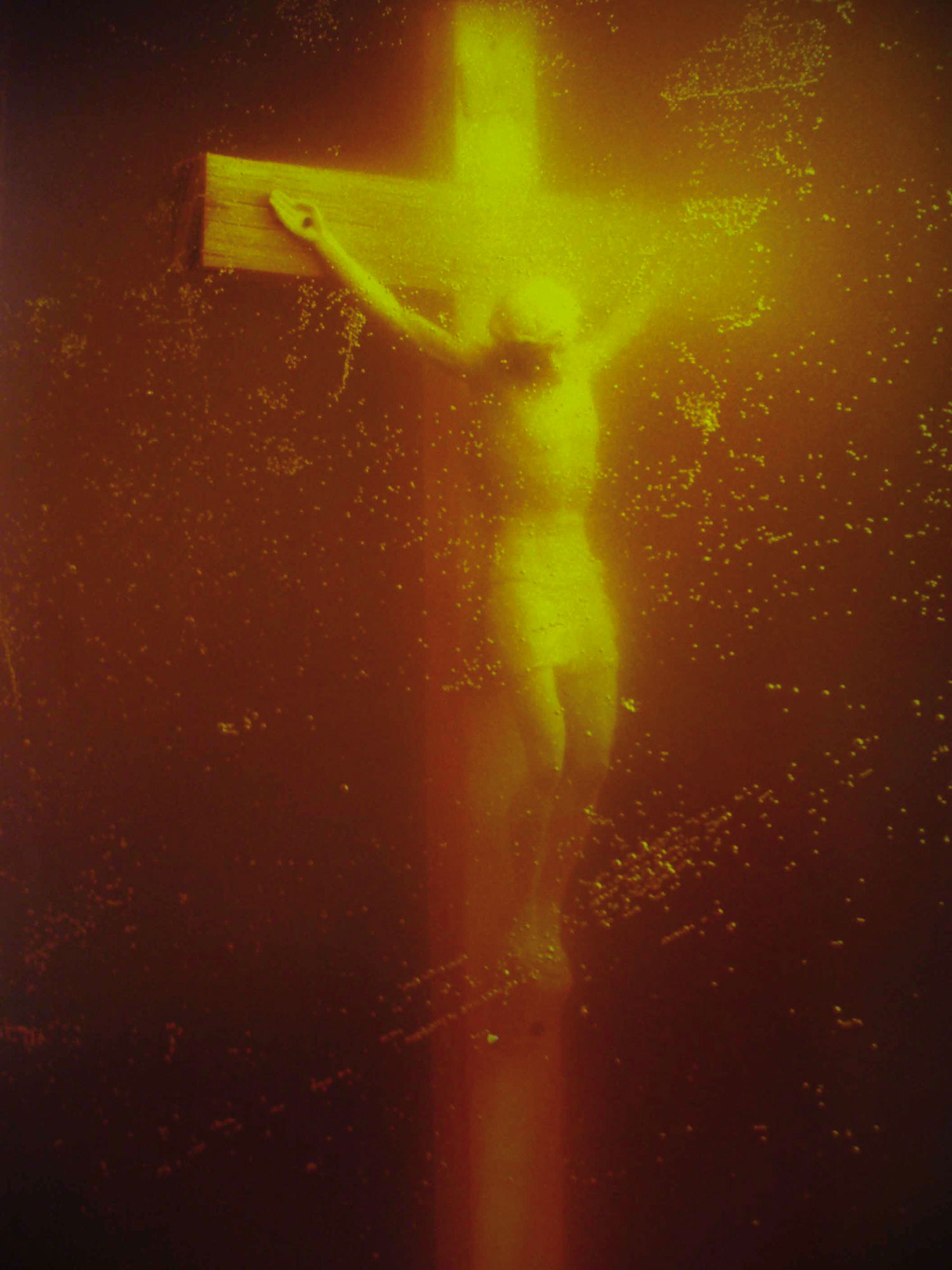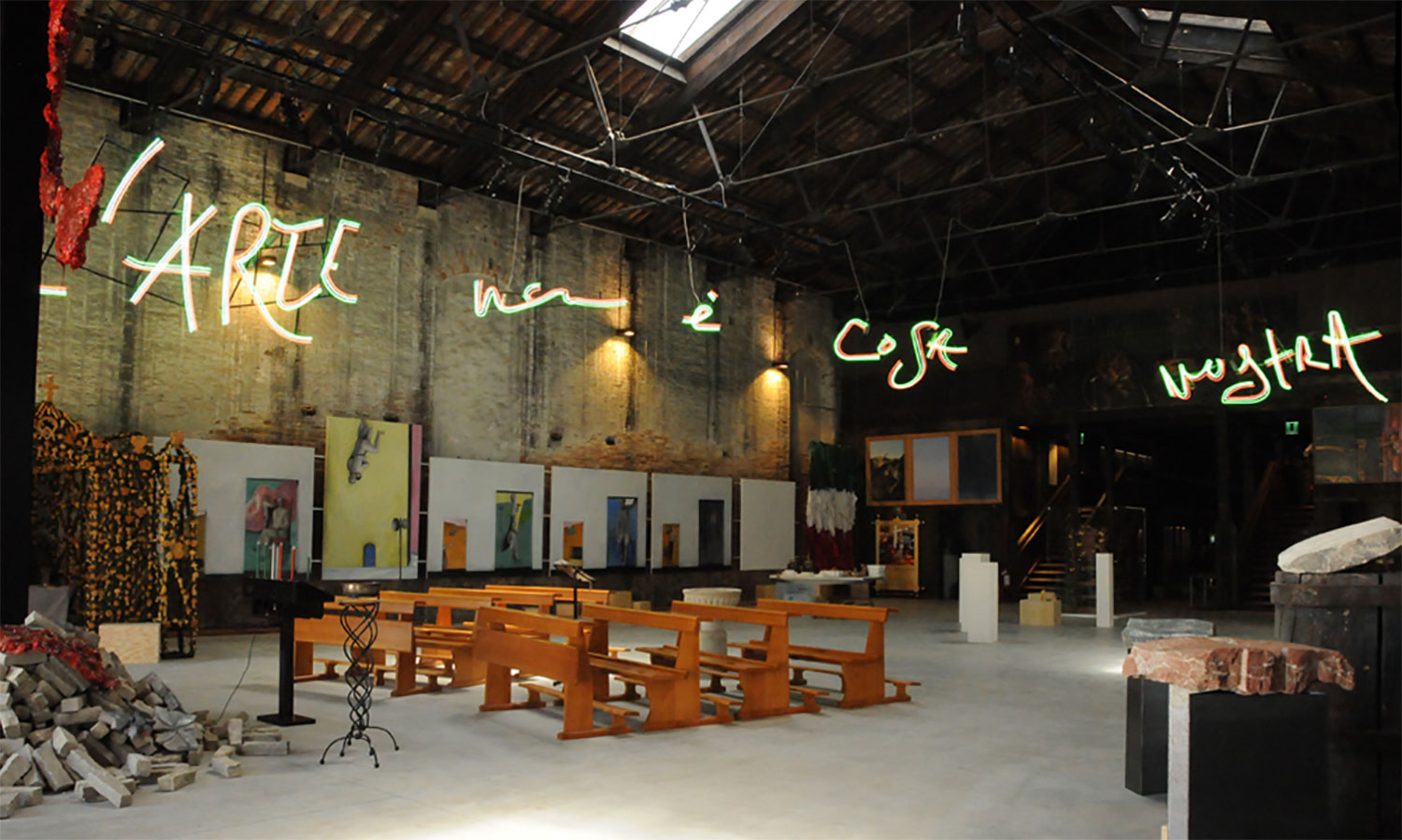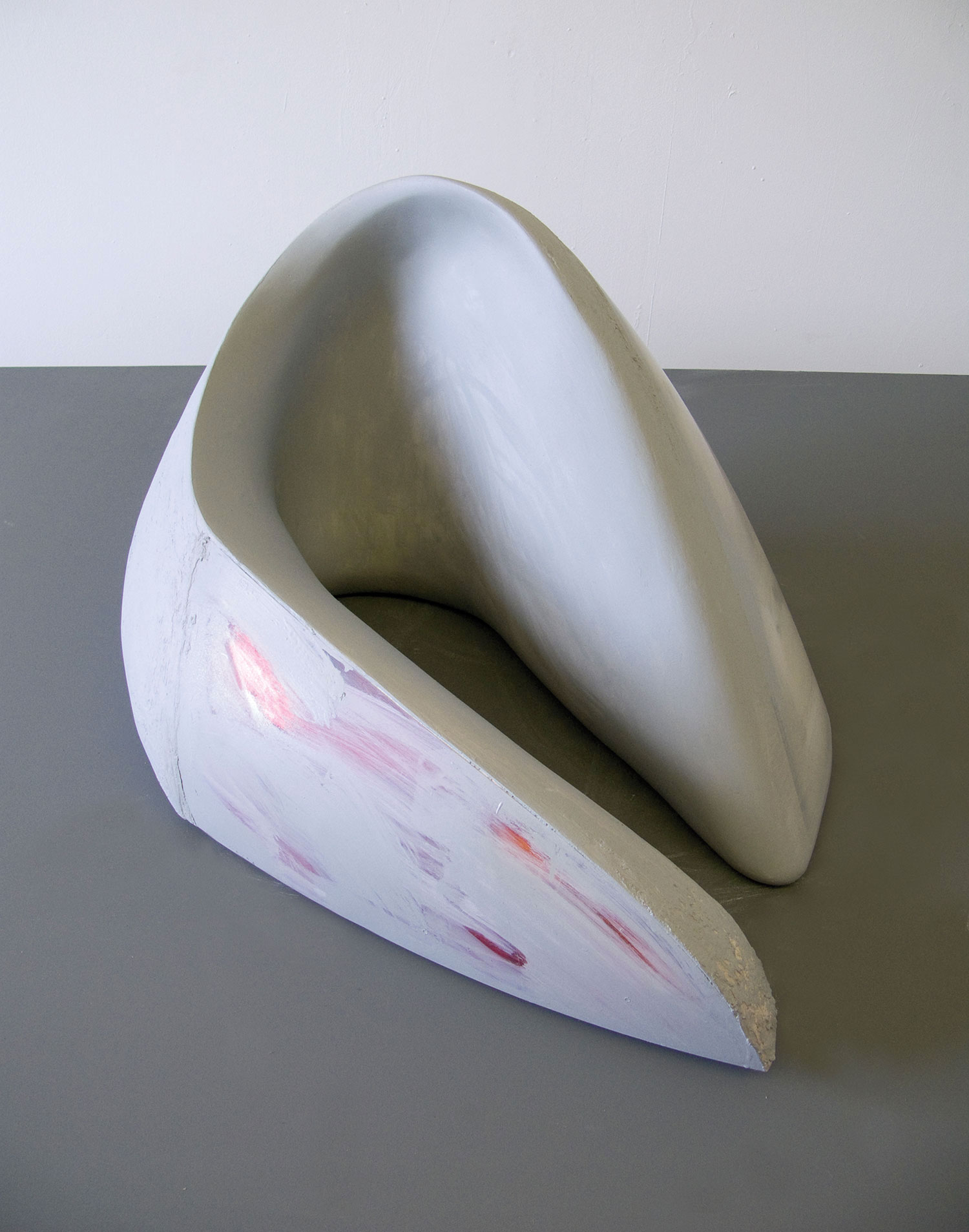Donatien Grau: You’ve had a very complete and fascinating career: from dean of students at Johns Hopkins University and member of the Baltimore City Council, to president of CalArts and director of the Olympic Art Festival in Los Angeles, CEO of Euro Disney in Paris, dean of the School of Arts at Columbia University, director of the Museum of Contemporary Art in Chicago and, most recently, international managing director of Haunch of Venison in New York. Your first encounter with gallerists must have been at CalArts.
Robert Fitzpatrick: My first encounter was actually while I was a grad student when a gallerist saw me peering through his window and said, “Come look,” and we talked about the artist and his work. That invitation to learn how to look at a contemporary artist’s work made a huge impression, and the notion of “inviting” people and making them comfortable being uncomfortable stayed with me.
My first interactions at CalArts were with artists such as John Baldessari and students like Catherine Opie and Tony Oursler. But gallerists were quickly part of the mix (not in school, but out of it) because they gave access to artists and ideas largely ignored by LACMA. If you wanted to spend time with Roy Lichtenstein or Robert Rauschenberg you would go to Gemini G.E.L. It was also a great place to meet young artists who worked there to support their art habit. Gallerists such as Nick Wilder, Jim Corcoran, Irving Blum and Riko Mizuno helped make Los Angeles a viable place for artists to live and work.
I learned about a less visible side of gallerists when Doug Huebler told me of having received stipends for a number of years from Leo Castelli when his work was not selling. I asked Leo why he did it and he answered: “Because he’s a great artist and that’s part of my responsibility as a gallerist.” So yes, Leo was fortunate to work with lots of artists with whom he made fortunes, but he also nourished them. Some people, particularly in art schools, see gallerists as the enemies. I’ve always thought that they were natural allies. Gallerists may not see themselves as teachers, but they are.
DG: Who do they teach? Do they teach the artist, the public?
RF: They teach the public how to look; they also teach the artist how to question and articulate. Gallerists are good interlocutors. In theater, there is a big difference between a director and a producer. A similar distinction exists in the visual arts: the gallerist knows he is not the artist; he also knows the questions that can help an artist focus. In the formative years of an artist’s career, it’s absolutely critical.
DG: After CalArts, you moved to Euro Disney, then the School of Arts at Columbia. You were back in New York.
RF: Columbia is a great research university, but it wasn’t really a comfortable place for people with dirty fingernails. It is a more natural home for intellectuals than for homo faber. People who make art, as opposed to lecture about art, are problematic and that is what intrigued me. Bringing great artists into a great university was immensely satisfying.
Galleries were both supportive and problematic, and it was sometimes important to keep them at bay. Art schools are places for young artists to take risks. We were happy to have the gallerists sniffing around final exhibitions, but not at the beginning. Pushing limits and important failure is best done in the privacy of the studio.
DG: Then came Chicago. What were your relations with gallerists when you were director at the Museum of Contemporary Art?
RF: I got a much deeper appreciation of gallerists and their relations with artists and the enormous help they can be to curators as well as to artists. Watching Marian Goodman with Thomas Struth, William Kentridge and Tino Sehgal (all of whom we did exhibitions with and whose work we acquired at the MCA) was impressive and sometimes very moving. Marian also protected her artists and their interests extremely well, and for curators she could open doors to collectors who might not otherwise have been willing to lend.
Tenacity, patience, gut and a great eye are also what make a younger generation of gallerists interesting to watch and work with. I rarely miss a show of Casey Kaplan or Andrea Rosen in New York or Kamel Mennour or Nathalie Obadia in Paris because I like their eye and the artists they have helped me discover.
DG: You said you would only stay 10 years at the MCA. Why?
RF: I think a contemporary museum benefits from a regular changing of the guard. In my career I have believed strongly in commitments of intensity, not of duration.
DG: The first show at Haunch of Venison, New York, on Abstract Expressionism, was curated by an academic, David Anfam. It was unusual…
RF: It was perhaps an overly ambitious and certainly very expensive introduction of the gallery to New York, and only someone of the stature of David Anfam could pull it off. A year later, with the economic crisis, such a show would have been impossible and much of the programming was scaled back.
Haunch had a difficult beginning, since it was owned by an auction house, not welcomed at art fairs, and the artists it represented in London already had representation in New York. It was a strategic choice of Christie’s to locate the gallery at Rockefeller Center and to put the initial focus on the secondary market, but the most interesting galleries are those that represent multiple generations of artists at the beginning or middle of their careers, not just when they are famous and in museum collections around the world — and that is something that takes years to develop.




